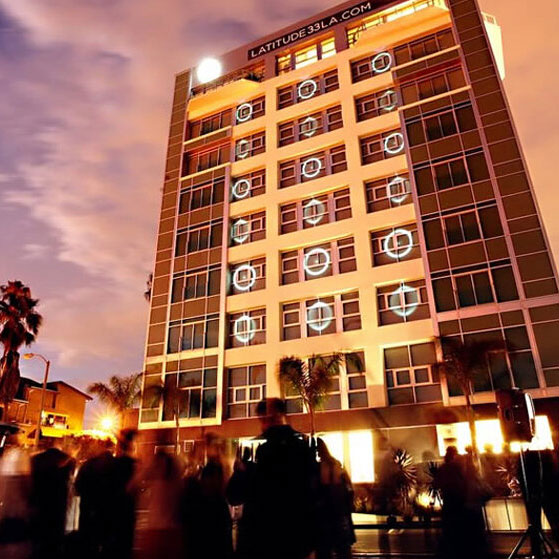
In a series of posts, we’ll explore what Environmental, Social, and Governance (ESG) is and how builders are engaging with it. This post provides a brief introduction to set the stage.
Following the unprecedented market and policy momentum behind Environmental, Social, and Governance (ESG) in 2021, investors, corporate boards, and government leaders have raised expectations for progress on climate pledges along with biodiversity and social governance (i.e., diversity, equity, and inclusion and worker wellbeing), particularly as they are increasingly woven into broader ESG discussions in 2022.
Briefly, here are some current trends:
- Health, safety, and labor; contracts and competitive bidding; and carbon emissions from buildings and construction form the backbone of their ESG agendas
- ESG reporting programs of leading firms have four key parts: CEO endorsement, ambitious goals, industry initiative participation and being vocal on climate
- Recruitment: Millennials are three times more likely to seek employment with a company because of its stance on social and/or environmental issues, according to figures from Governance & Accountability Institute, Inc.
ESG’s new standard for building materials
Buildings and construction are responsible for 39% of carbon emissions globally, according to the World Green Building Council. Carbon reduction and environmental initiatives are the core pillars of ESG agendas in the building industry. Unlike previous movements focusing mostly on energy efficiency and cost-saving measures, the push for designing, constructing, and outfitting buildings that are environmentally friendly, sustainable and long-lasting, is quickly becoming the new standard starting with the sustainable materials used, including:
- Bamboo, one of the best eco-friendly materials due to its incredibly high growth rate and its high strength-to-weight ratio, is long lasting and stronger than concrete and brick.
- Recycled plastic and ground-up trash can produce concrete, and contractors are using more reclaimed wood for structural framing, cabinetry, and flooring.
- Plant-based polyurethane rigid foam, “hempcrete,” a concrete-like material created from the woody inner fibers of the hemp plant and reclaimed or recycled steel.
- Composite roofing shingles or insulated concrete framing, providing better insulation, less maintenance, and less energy output.
- Smart glass, an innovative material that changes its heating properties based on how heat and air conditioning are applied in the house.
Integrating a successful ESG program
Understanding where your company is on the ESG maturity curve is a helpful and important step to further developing a solid ESG program. An essential component on this journey is the shift from ad hoc reporting on single sustainability initiatives to a much more integrated approach where ESG is a central tenet of business management and planning.
Setting goals, establishing what to measure, identifying which metrics to compile, and ensuring that everything is done in a way that complies with standards is the next step. These milestones can ultimately help deliver companies that are better run and more responsible and that make decisions to deliver the necessary product, service, and business model innovations that contribute to a flourishing society.
ESG and your bottom line
The growing worldwide consensus that all businesses in all industries should do their part to limit global emissions will only gain more traction. By taking steps like using locally sourced materials, retrofitting existing buildings and engaging in proper waste management, building projects can help conserve natural resources, minimize carbon output, and help keep water and air clean. Not only that, but these sustainable practices can also reduce building costs and increase profitability, all while creating a more efficient and easily maintained end product.




